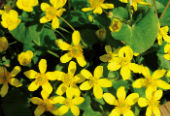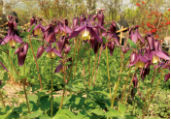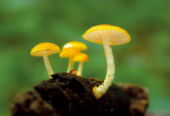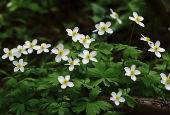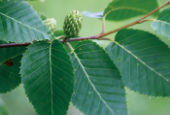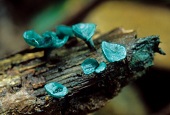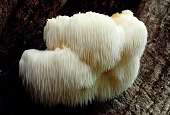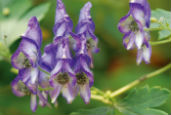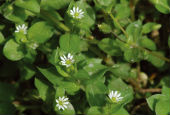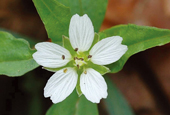View this article in another language
- 한국어
- English
- 日本語
- 中文
- العربية
- Español
- Français
- Deutsch
- Pусский
- Tiếng Việt
- Indonesian
Flora & Fauna of Korea #27
Korea.net publishes a series of articles, “Nature You Meet in the Mountains,” about the peninsula’s mushrooms, insects, trees and herbs & flowers.
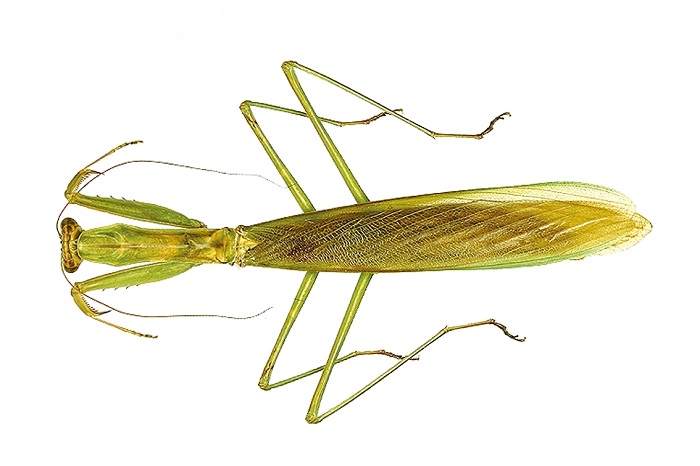
Insects
Name: 사마귀 Samagwi
Scientific name: Tenodera angustipennis Saussure
Distribution: Korea, China, Japan, Vietnam, Indochina
This mantis is about 70 to 82 millimeters in length. The body is yellowish brown or green. It is difficult to tell apart from a similar species of Tenodera aridifolia, but T. angustipennis has a long frontal thorax, a little longer than the coxa of the anterior legs. T. aridifolia has much longer frontal thorax. The shoulder of the frontal thorax is well-developed. When looked from the side, it is very slender and thin, but it is large when it comes to width. Females have a wider abdomen and anterior wings with brown veins that stretch along to the end of the tail. The hind wings are blackish brown and have light random patterns scattered on them. The legs are slender and long. The anterior coxa has more than 16 short spines along the outer rim, four along the anterior thigh knuckles, and around 17 along the posterior inner rim. There are also four spines in the middle part. The second among them is the longest and largest.
Ecology: It inhabits fields and grass around reservoirs. The adults can be found from September to November.
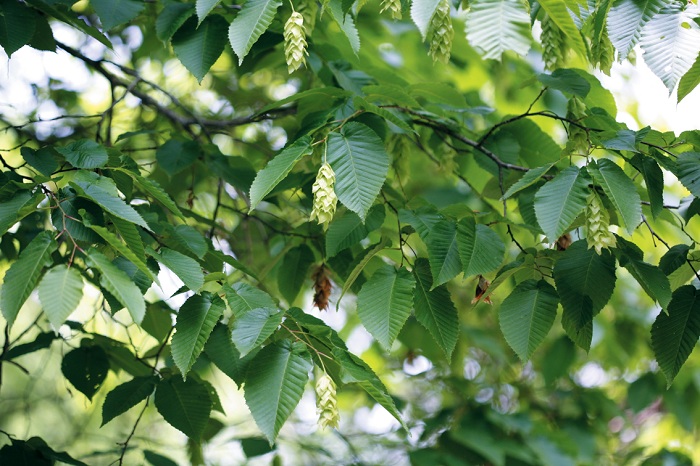
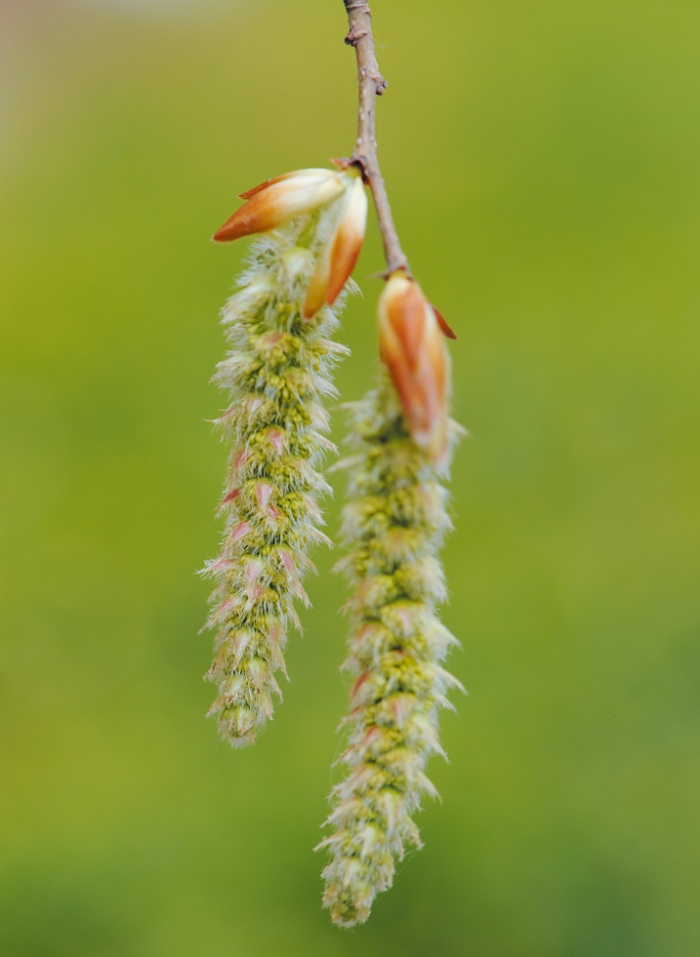
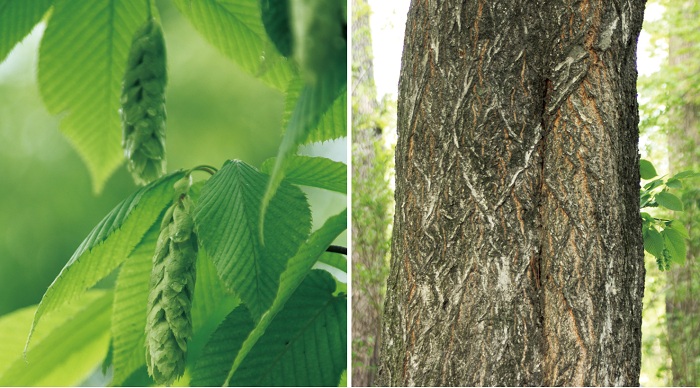
Trees
Name: 까치박달 Kkachibakdal
Scientific name: Caprinus cordata Blume
Type: deciduous broadleaf shrub
Blooming season: April to May
Bearing season: September
Distribution: mountains nationwide
This tree grows to 15 meters high and gets to 60 centimeters across. The bark is gray, alternate, and is almost flat. The leaves are ovate or oval, heart-shaped, notched and grow on the stalk. This monoecious tree gives bloom to flowers in separate male and female catkins. The female flower, shaped like a cylinder, has dropping catkins. It bears an oval-shaped nut.
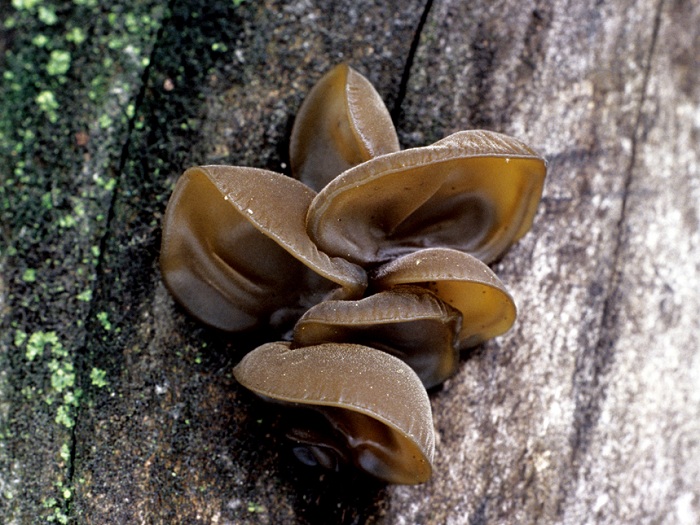
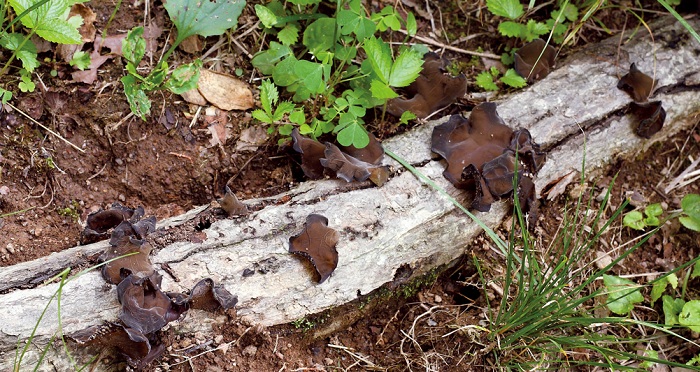
Mushrooms
Name: 목이 Moki
Scientific name: Auricularia auricula-judae (Bull.) Quel.
Type: saprophile spore
Print: white
Edible
Commonly known as wood ear or jelly ear, this fungus grows in clusters from the stems of fallen or dead broadleaf trees. The body is about 3 to 12 centimeters in diameter, typically shaped like a floppy ear, and can be transformed into various shapes. The texture is tough, gelatinous, elastic and can be hard when dried. The surface is yellowish-tan-brown and is covered in tiny, downy hairs. The inner surface, a little lighter in color, is wide, flat, wrinkled and has random veins.
Note: It is an essential ingredient in cooking Korean style Chinese food.
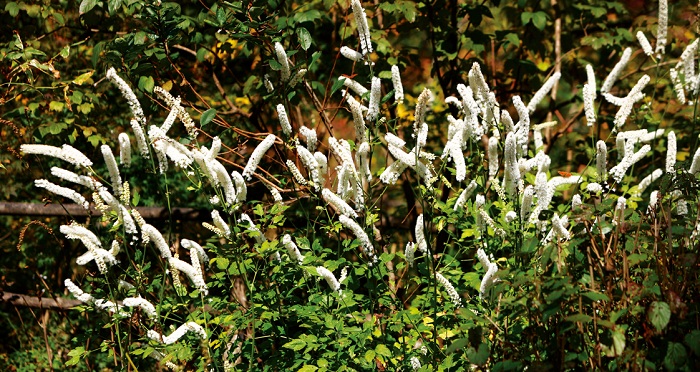
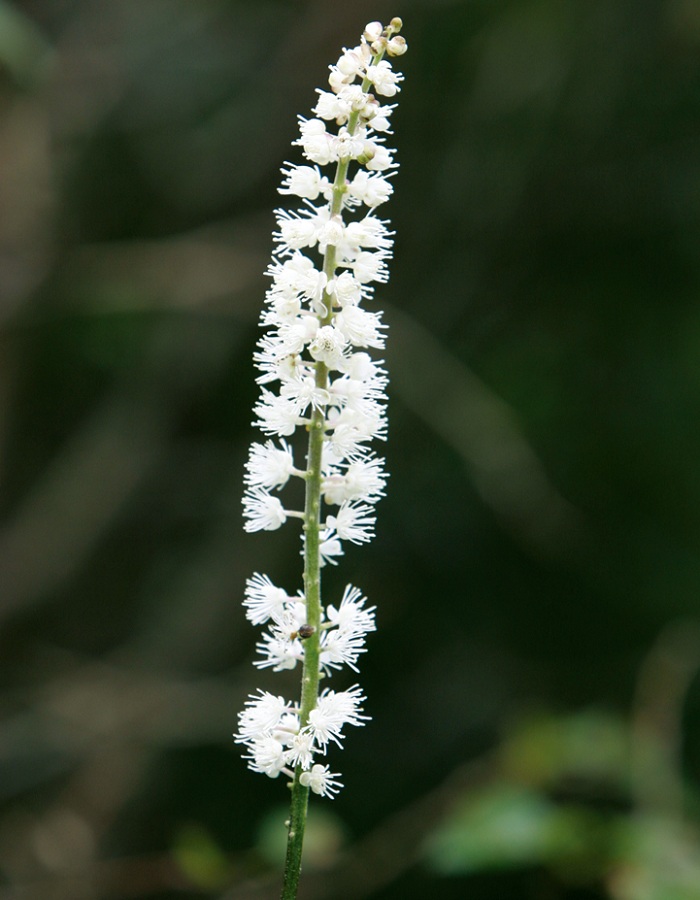
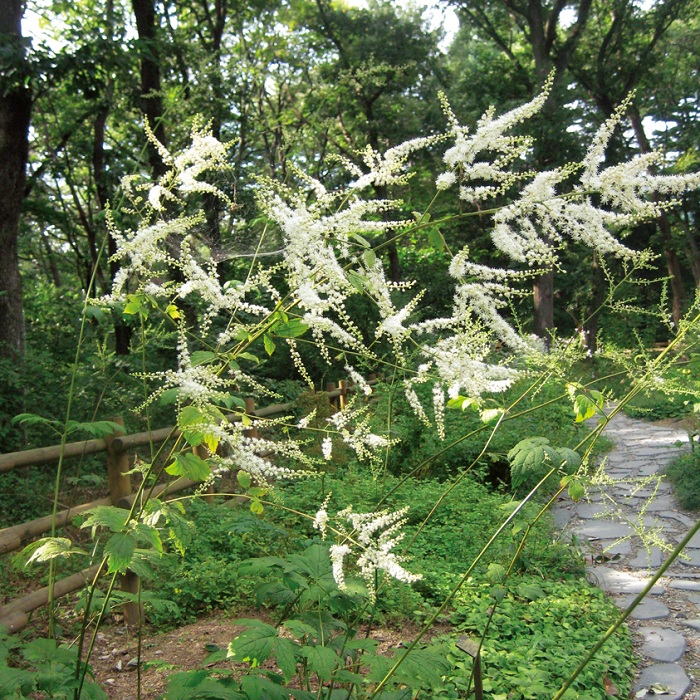
Herbs & Flowers
Name: 촛대승마 Chotdaeseungma
Scientific name: Cimicifuga simplex (DC.) Turcz.
Blooming season: May to August
Full bloom: June to September
Distribution: mountains nationwide
This perennial is about 1.5 meters high. The leaves are separated into three branches and have a sawtooth edge along the side, looking like teeth. The dioecious flower is white and the raceme has one short floral stalk. It bears an oval capsule.
*This series of article about Korea’s insects, trees, mushrooms and herbs & flowers has been made possible through the cooperation of the Korea National Arboretum.
Korea.net publishes a series of articles, “Nature You Meet in the Mountains,” about the peninsula’s mushrooms, insects, trees and herbs & flowers.

Insects
Name: 사마귀 Samagwi
Scientific name: Tenodera angustipennis Saussure
Distribution: Korea, China, Japan, Vietnam, Indochina
This mantis is about 70 to 82 millimeters in length. The body is yellowish brown or green. It is difficult to tell apart from a similar species of Tenodera aridifolia, but T. angustipennis has a long frontal thorax, a little longer than the coxa of the anterior legs. T. aridifolia has much longer frontal thorax. The shoulder of the frontal thorax is well-developed. When looked from the side, it is very slender and thin, but it is large when it comes to width. Females have a wider abdomen and anterior wings with brown veins that stretch along to the end of the tail. The hind wings are blackish brown and have light random patterns scattered on them. The legs are slender and long. The anterior coxa has more than 16 short spines along the outer rim, four along the anterior thigh knuckles, and around 17 along the posterior inner rim. There are also four spines in the middle part. The second among them is the longest and largest.
Ecology: It inhabits fields and grass around reservoirs. The adults can be found from September to November.



Trees
Name: 까치박달 Kkachibakdal
Scientific name: Caprinus cordata Blume
Type: deciduous broadleaf shrub
Blooming season: April to May
Bearing season: September
Distribution: mountains nationwide
This tree grows to 15 meters high and gets to 60 centimeters across. The bark is gray, alternate, and is almost flat. The leaves are ovate or oval, heart-shaped, notched and grow on the stalk. This monoecious tree gives bloom to flowers in separate male and female catkins. The female flower, shaped like a cylinder, has dropping catkins. It bears an oval-shaped nut.


Mushrooms
Name: 목이 Moki
Scientific name: Auricularia auricula-judae (Bull.) Quel.
Type: saprophile spore
Print: white
Edible
Commonly known as wood ear or jelly ear, this fungus grows in clusters from the stems of fallen or dead broadleaf trees. The body is about 3 to 12 centimeters in diameter, typically shaped like a floppy ear, and can be transformed into various shapes. The texture is tough, gelatinous, elastic and can be hard when dried. The surface is yellowish-tan-brown and is covered in tiny, downy hairs. The inner surface, a little lighter in color, is wide, flat, wrinkled and has random veins.
Note: It is an essential ingredient in cooking Korean style Chinese food.



Herbs & Flowers
Name: 촛대승마 Chotdaeseungma
Scientific name: Cimicifuga simplex (DC.) Turcz.
Blooming season: May to August
Full bloom: June to September
Distribution: mountains nationwide
This perennial is about 1.5 meters high. The leaves are separated into three branches and have a sawtooth edge along the side, looking like teeth. The dioecious flower is white and the raceme has one short floral stalk. It bears an oval capsule.
*This series of article about Korea’s insects, trees, mushrooms and herbs & flowers has been made possible through the cooperation of the Korea National Arboretum.
